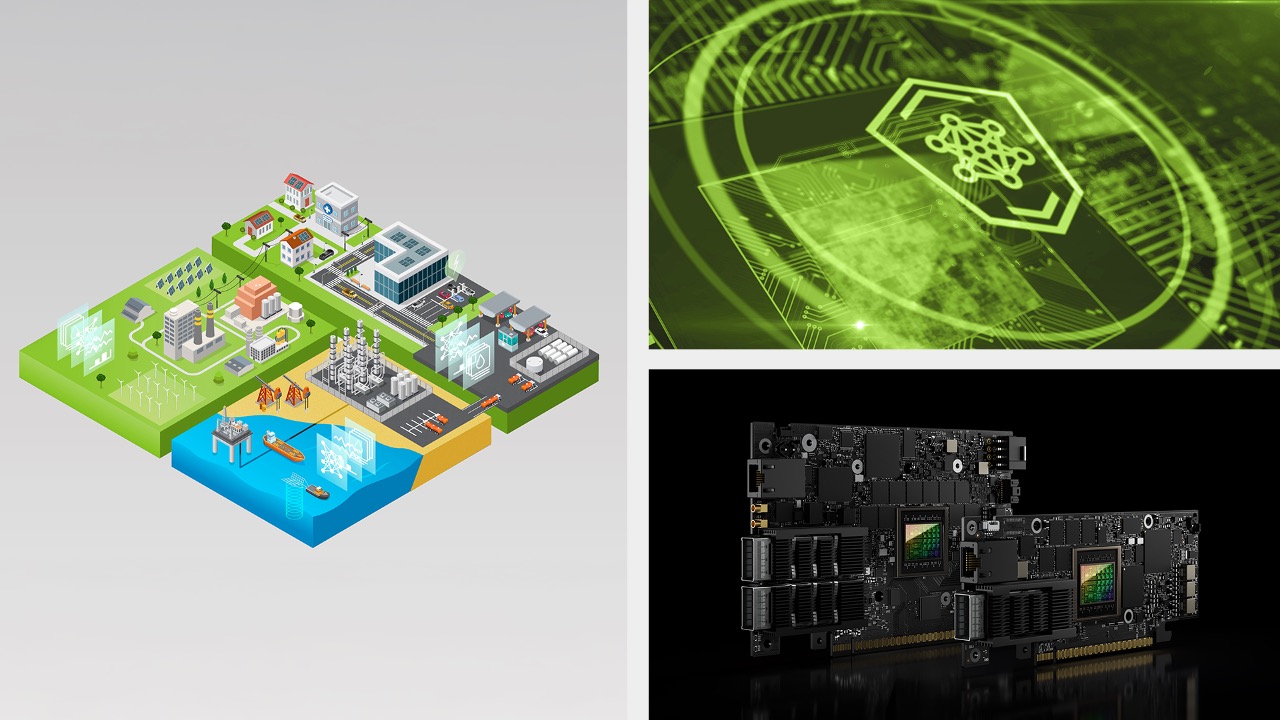The future of artificial intelligence in cybersecurity: protection or threat?

In view of the ever-growing threats in the cyber world, the use of artificial intelligence to secure critical infrastructures is unavoidable. In this post, we analyze how AI can help protect our systems, but also what new risks it brings.
Artificial intelligence is changing the face of cybersecurity through its use in threat detection and automated response. Companies such as NVIDIA are introducing technologies that use AI to detect and prevent attacks in real time (read more here). But these developments also bring new challenges, as cybercriminals are also using AI technologies to circumvent security measures.
As AI technologies continue to mature in cybersecurity, we see a future where machines are used not only to protect, but also to develop attack methods. The question that arises is whether we have a handle on these technologies and how we can maintain control over them.
In the end, it was never any different with previous new technologies. With every innovation, there were people who misused it for harmful purposes. The measures to stop this usually followed shortly afterwards. So protection follows the threat. In my opinion, it is important to keep the gap between these two as small as possible. Therefore, it is not only the development of newer and better AI models that is important, but also the technologies for protection during handling.
The role of AI in cybersecurity is double-edged. While it is a valuable tool in the fight against cyberattacks, it could also create new types of threats. It is crucial that we adapt ethics and training in this area accordingly.
What do you think about the use of AI in cybersecurity? Write your opinion in the comments!
More on the topic:






